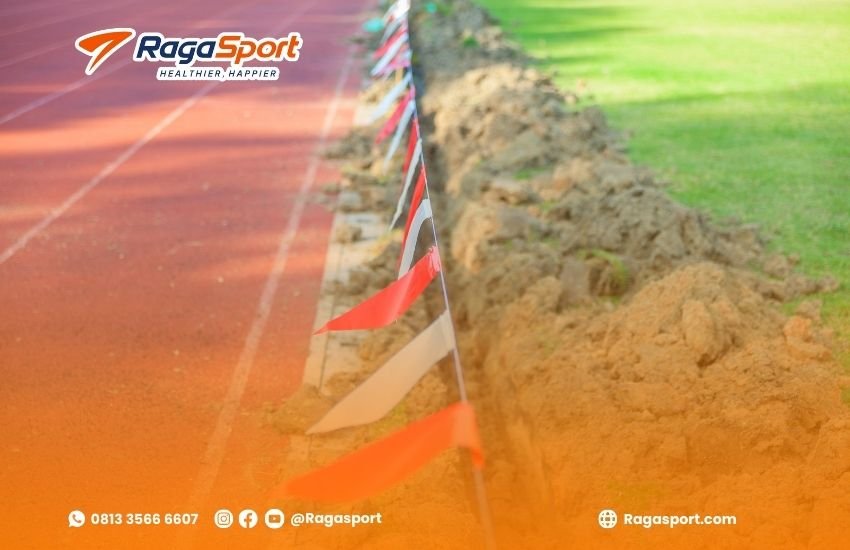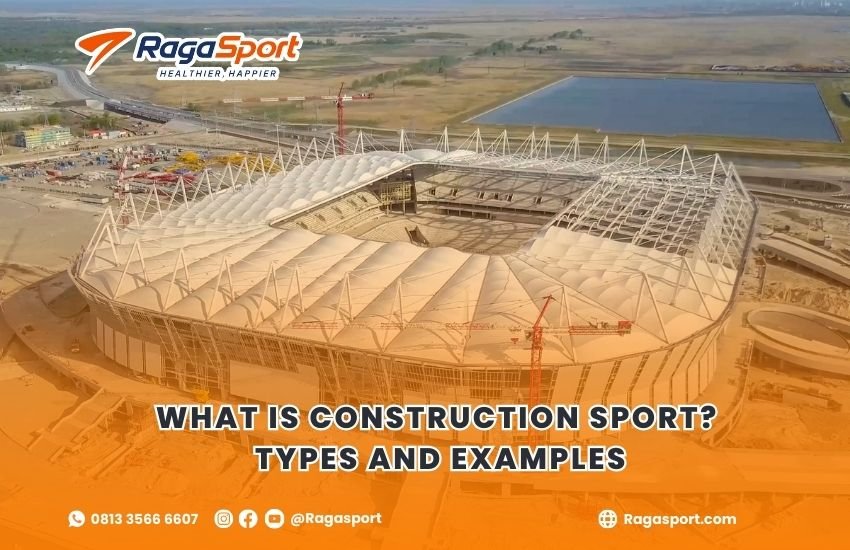Introduction to Construction Sport
In the world of sports, infrastructure plays a crucial role in athlete performance, safety, and the overall sporting experience. The term construction sport refers to the specialized field that involves designing and building sports facilities such as courts, fields, tracks, and stadiums. This industry requires an understanding of both civil engineering and sport-specific standards to create venues that are functional, durable, and meet the requirements of athletes and spectators alike.
From community-level facilities to professional sports arenas, construction sport is the foundation that supports competitive play and recreational activity across the globe.
Table of Contents
1. What Is Construction Sport?
Construction sport is the planning, design, and construction of physical facilities used for sports and athletic activities. It includes both indoor and outdoor environments, from small-scale fields to large international stadiums. The purpose is to create spaces that allow various types of sports to be played safely and effectively.
This field merges architecture, engineering, landscaping, and sport science. Each project is unique, often tailored to specific regulations and standards such as those from FIFA, FIBA, or the International Tennis Federation.
2. Importance of Sport Construction
2.1 Safety and Performance
Properly constructed sports venues minimize the risk of injury by providing level surfaces, shock absorption, and adequate drainage. Additionally, surface material choices can enhance performance by ensuring consistent bounce, grip, and ball roll.
2.2 Longevity and Durability
Using the right construction methods and materials ensures that sports facilities can endure heavy usage and various weather conditions, reducing the need for frequent repairs or reconstruction.
2.3 Compliance with Standards
International competitions demand strict compliance with specific measurements, materials, and safety regulations. Professional construction ensures all these requirements are met.
3. Main Types of Construction Sport
There are various categories of sport construction based on the sport being played and the environment needed. Below are some of the most common types:
3.1 Field-Based Sports Construction
Football Field Construction
Requires proper drainage systems, sub-base preparation, and turf selection (natural or artificial). Fields must adhere to standard dimensions and include goals and markings.
Rugby and Cricket Grounds
Similar to football fields but with different dimensions and markings. They often require reinforced turf for higher impact resistance.
3.2 Court-Based Sports Construction
Basketball Courts
Typically built using asphalt, concrete, or modular tiles, with considerations for bounce, grip, and player safety. Indoor courts may use hardwood floors.
Tennis Courts
Surface choices include clay, grass, or hardcourt materials like acrylic. Drainage and slope design are critical in outdoor builds.
Volleyball and Badminton Courts
Indoor versions focus on surface cushioning, lighting, and ventilation, while outdoor versions require weather-resistant materials and proper drainage.
3.3 Track and Field Facilities
These include running tracks, long jump pits, high jump areas, and throwing circles. The materials often include polyurethane surfaces for speed and durability.
3.4 Multi-Use Game Areas (MUGA)
MUGAs are versatile courts that can accommodate multiple sports like futsal, basketball, and tennis in one location. They require smart design to ensure compatibility and safety for all supported sports.
4. Examples of Construction Sport Projects

4.1 Community Sports Complex
Local governments often commission multi-sport facilities to encourage active lifestyles. These may include football fields, volleyball courts, and running tracks, often constructed with cost-efficient materials that still ensure safety and usability.
4.2 School and University Facilities
Academic institutions invest in indoor and outdoor sports facilities for educational and competitive purposes. These projects focus on multi-functionality, allowing for physical education classes, team practice, and regional competitions.
4.3 Professional Stadiums and Arenas
Elite-level sports venues require high-end construction, including advanced turf systems, climate control, lighting, broadcasting infrastructure, and seating for thousands of spectators. These are often the most complex and costly examples of construction sport.
4.4 Training Grounds and Academies
Smaller in scale but just as important, these facilities support athlete development. They often include specialized flooring, fitness zones, and artificial turf optimized for training use.
5. Key Considerations in Sports Construction
5.1 Site Evaluation
Topography, soil condition, and local climate are critical in determining the right approach to construction and materials.
5.2 Budget and Materials
Material selection impacts both performance and budget. Natural grass fields, for example, are cheaper to install but costlier to maintain than artificial turf.
5.3 Environmental Impact
Sustainable construction practices, such as using recycled materials or installing water-efficient irrigation, are increasingly important in modern sports facility design.
5.4 Maintenance Requirements
A well-designed sports facility should consider ease of maintenance. Artificial turf fields, for instance, need brushing and infill leveling, while natural grass requires mowing, fertilization, and watering.
6. The Role of a Professional Sports Contractor
Partnering with a professional sports construction company ensures quality and compliance from start to finish. These experts offer:
- Accurate field measurements and marking
- Proper grading and drainage installation
- Selection of surface materials tailored to specific sports
- Adherence to international standards
- Ongoing maintenance and repair services
Companies like Raga Sport specialize in delivering end-to-end solutions, combining engineering knowledge with sport-specific requirements to produce exceptional outcomes.
7. Future Trends in Sports Construction
7.1 Smart Fields
Integration of sensors and IoT for real-time field condition monitoring and player analytics.
7.2 Eco-Friendly Materials
Increased use of recycled rubber, sustainable wood, and solar-powered lighting systems.
7.3 Modular Design
Portable and quickly assembled sports structures are gaining popularity in schools and community projects.

Ready to Start Your Sports Construction Project?
Let Raga Sport turn your vision into reality with expert construction, top-quality materials, and a field that meets every standard.
👉 Explore our projects at ragasport.com
📲 Chat with our team now via WhatsApp: Click Here

